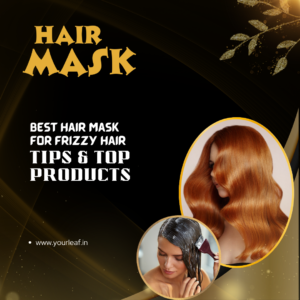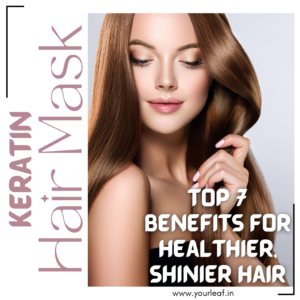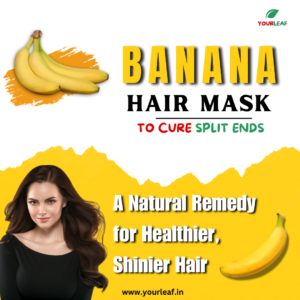Using a hair mask can be a game-changer for anyone looking to boost shine, softness, and overall hair health. Unlike everyday conditioners, hair masks provide deeper nourishment, targeting specific concerns like dryness, damage, and frizz. In this guide, we’ll cover everything you need to know about choosing, applying, and maximizing the benefits of a hair mask so you can achieve truly gorgeous, manageable hair with every use.
What Is a Hair Mask, and Why Should You Use One?
A hair mask is an intensive conditioning treatment, often formulated with highly nourishing ingredients like oils, proteins, and vitamins. Unlike daily conditioners that simply coat the hair’s surface, hair masks work to penetrate and repair the hair from within. Used correctly, a hair mask can restore moisture, repair damage, and boost shine, leaving your hair healthier and more vibrant.
L’Oréal Professionnel Absolut Repair Mask for Dry & Damaged Hair
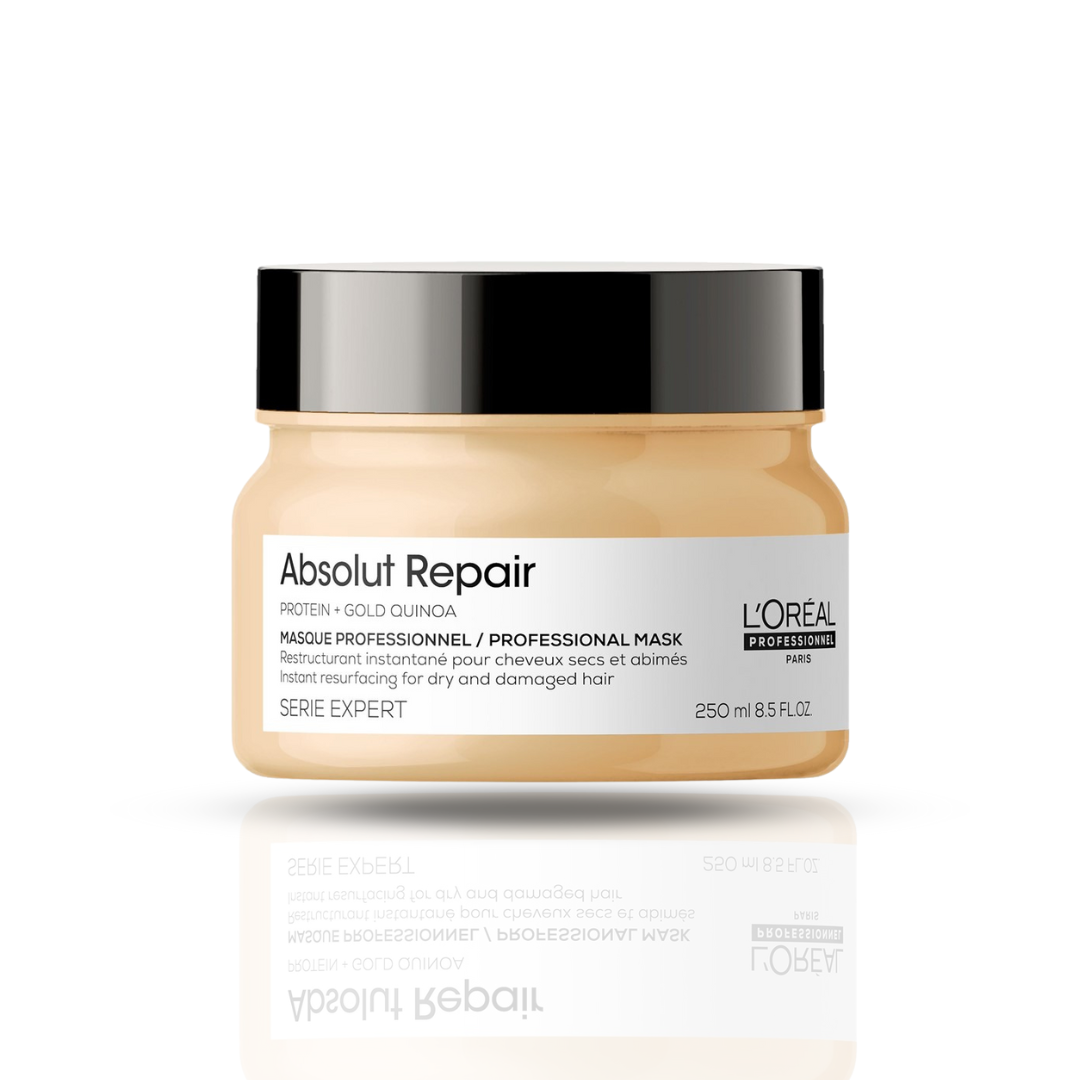
- Intense Repair – Revitalizes dry, damaged hair with deep hydration.
- Strengthens – Enriched with protein and quinoa for stronger, more resilient hair.
- Reduces Breakage – Minimizes split ends for healthier-looking hair.
- Lightweight – Nourishes without weighing hair down.
- Salon-Quality – Professional-grade care for smooth, shiny results at home.
Top Benefits of Using a Hair Mask
Hair masks offer a wealth of benefits that can elevate your hair care routine and yield long-lasting results. Here’s a deeper look at how hair masks benefit different hair concerns:
- Deep Moisturization
For those with dry or curly hair, a hair mask’s moisturizing effects are invaluable. Ingredients like shea butter, argan oil, and avocado oil in hair masks help to replenish lost moisture, leaving hair soft and manageable. - Strengthening and Repairing
Hair masks containing proteins, like keratin and collagen, reinforce hair fibers, improving resilience and reducing breakage. This is especially beneficial for individuals with damaged or brittle hair, as regular use can restore elasticity and strength. - Enhancing Shine and Softness
Hair masks can enhance your hair’s natural shine and silkiness. Ingredients such as honey, coconut oil, and jojoba oil smooth the hair cuticle, resulting in shinier, softer locks. - Reducing Frizz and Flyaways
By moisturizing and sealing the hair cuticle, hair masks help tame frizz and control flyaways, giving your hair a smoother appearance. This is particularly beneficial in humid climates, where frizz tends to be a common issue. - Protection Against Environmental Damage
Hair masks create a protective barrier around each strand, guarding against environmental stressors like pollution, sun exposure, and harsh weather. Over time, this can prevent damage and maintain hair health.
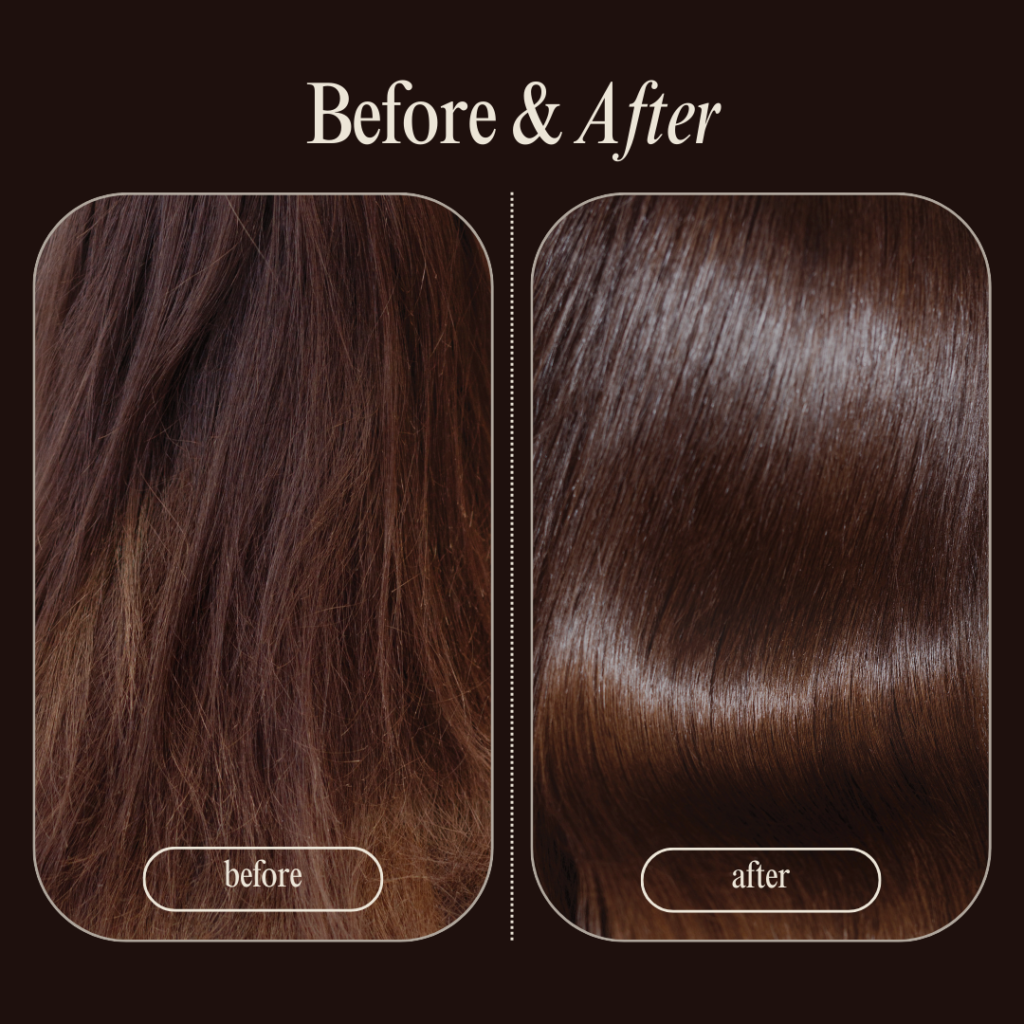
Choosing the Right Hair Mask for Your Hair Type
When it comes to choosing a hair mask, one size does not fit all. Here’s a breakdown of the best types of hair masks for different hair needs and textures:
1. Moisturizing Hair Masks
Best for: Dry, Coarse, and Curly Hair
These masks are packed with hydrating ingredients like shea butter, argan oil, and aloe vera. They work best for hair that lacks moisture, restoring softness and elasticity to parched strands.
Herbal Essences, Argan Oil Hair Mask
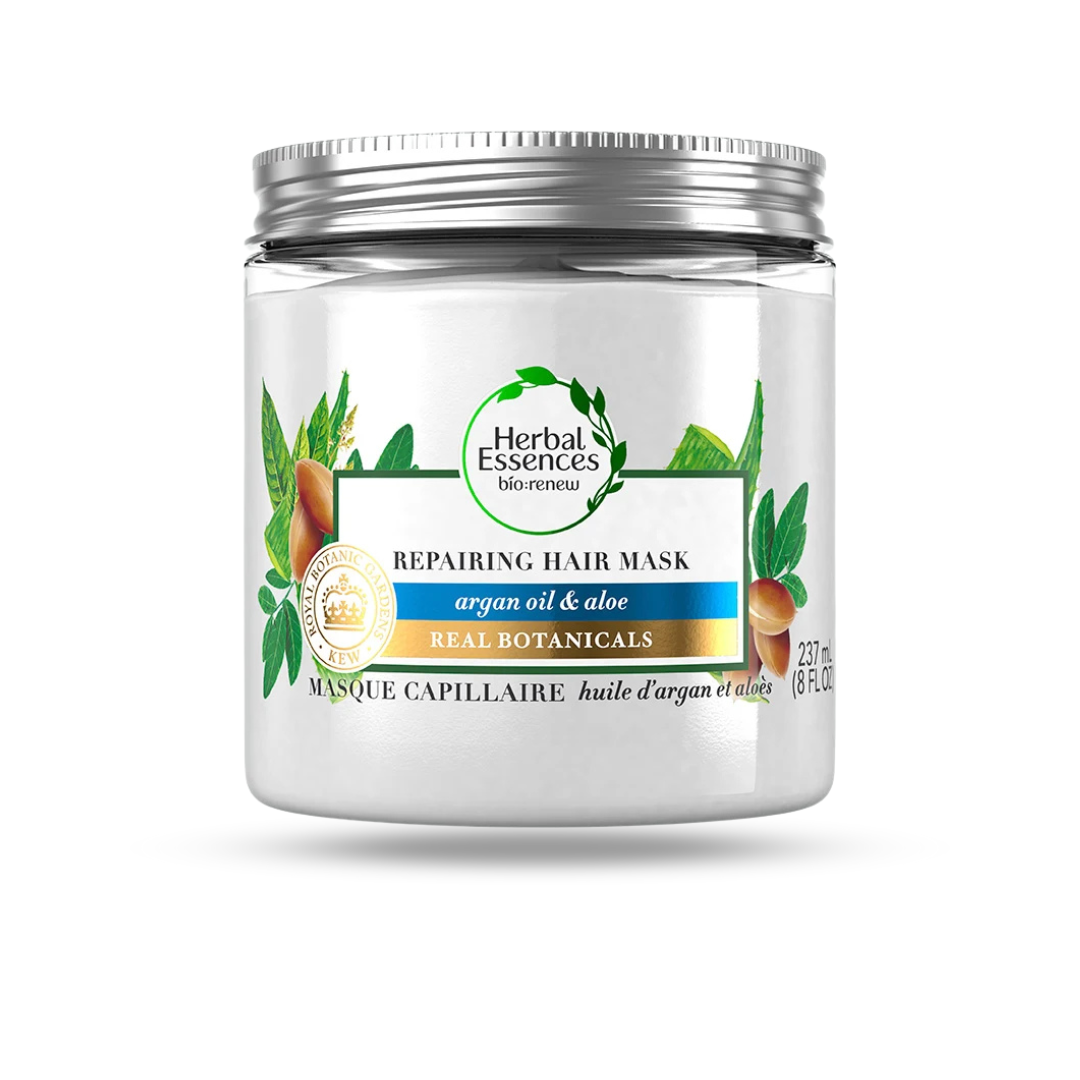
- Herbal Essences Argan Oil Hair Mask helps repair Damaged hair.
- This Argan Oil Mask has 0% added Parabens, Sulfates*, Colourants, Mineral Oil *sulfates refer to sulphated surfactants
- It is made with Real Botanicals certified by Royal Botanic Gardens, KEW
- Directions to use : STEP 1 : Apply evenly on wet hair STEP 2 : Leave it on for 3 minutes STEP 3 : Massage & Rinse it off thoroughly
- PETA has recognized Herbal Essences as a cruelty free brand
2. Protein Hair Masks
Best for: Weak or Damaged Hair
Protein-based hair masks, containing ingredients like keratin, silk protein, and amino acids, help to rebuild and strengthen damaged hair. They are ideal for hair that has been over-processed by heat styling or chemical treatments.
3. Color-Protecting Hair Masks
Best for: Color-Treated or Chemically Processed Hair
Color-safe masks are formulated to hydrate and nourish without stripping away color. These masks often contain antioxidants and UV filters to protect against fading, keeping your color vibrant.
L’Oréal Professionnel Vitamino Color Hair Mask
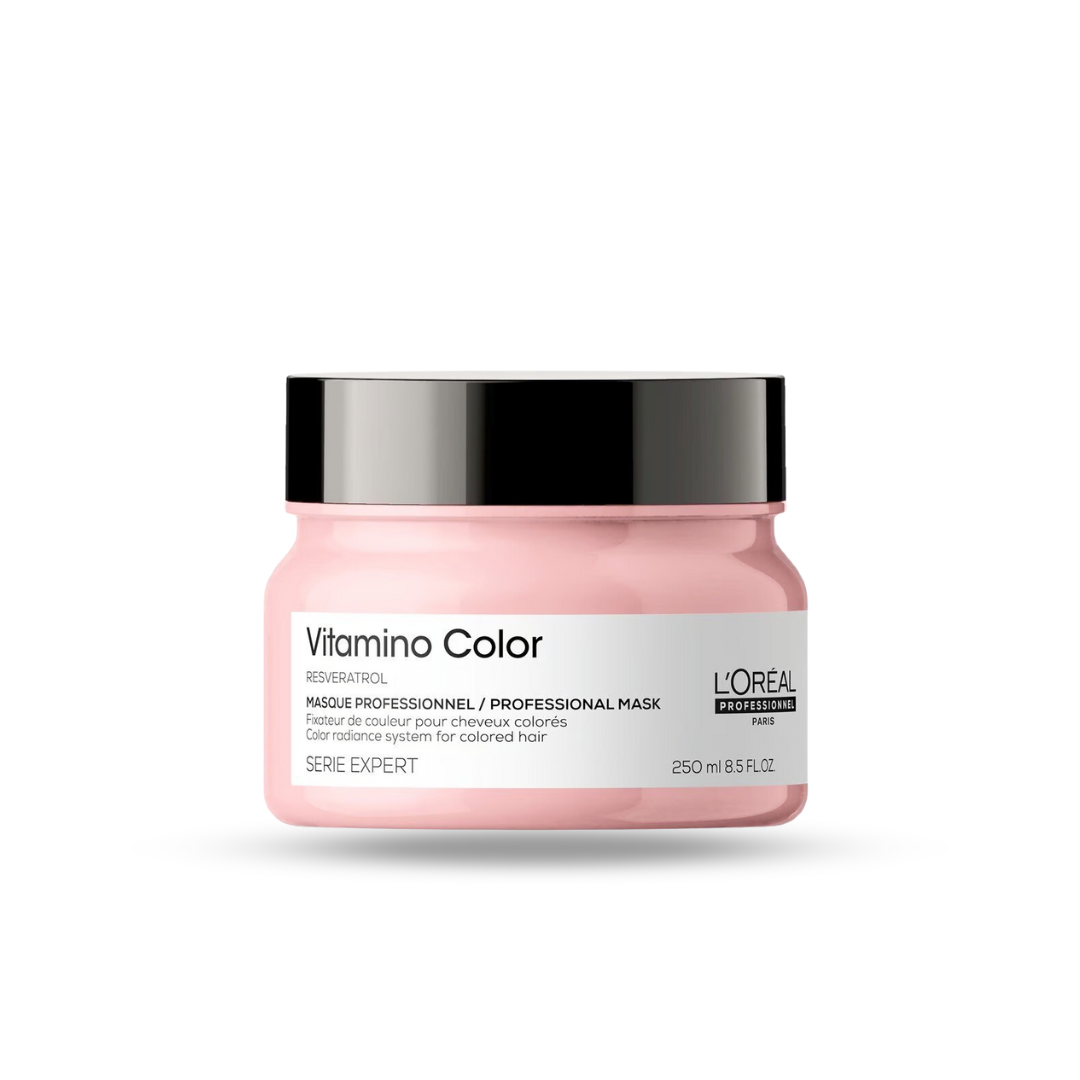
- Expert Color Care mask with anti-oxidant properties for long lasting color protection and shine.
- L’Oréal Professionnel Serie Expert Vitamino Color hair mask is enriched with Resveratrol,
- ourishes colored hair and protects hair color from fading for up to 8 weeks*.
- Infused with anti-oxidant properties for long lasting color protection and shine.
- For best results use along with the Vitamino hair shampoo. (*shampoo + mask vs non conditioning shampoo)
4. Scalp-Care Hair Masks
Best for: Oily, Itchy, or Flaky Scalps
Scalp masks typically contain clarifying ingredients such as tea tree oil, peppermint, or clay to balance excess oil and reduce flakiness. This type of mask is perfect for those dealing with dandruff or oily scalps.
5. DIY Natural Hair Masks
Best for: Sensitive Skin or Eco-Conscious Individuals
DIY hair masks are great for those looking to avoid chemicals or experiment with natural ingredients. Common DIY options include honey, yogurt, and avocado, which nourish hair while keeping it chemical-free.
Godrej Professional Probio Avocado Nourish Hair Mask
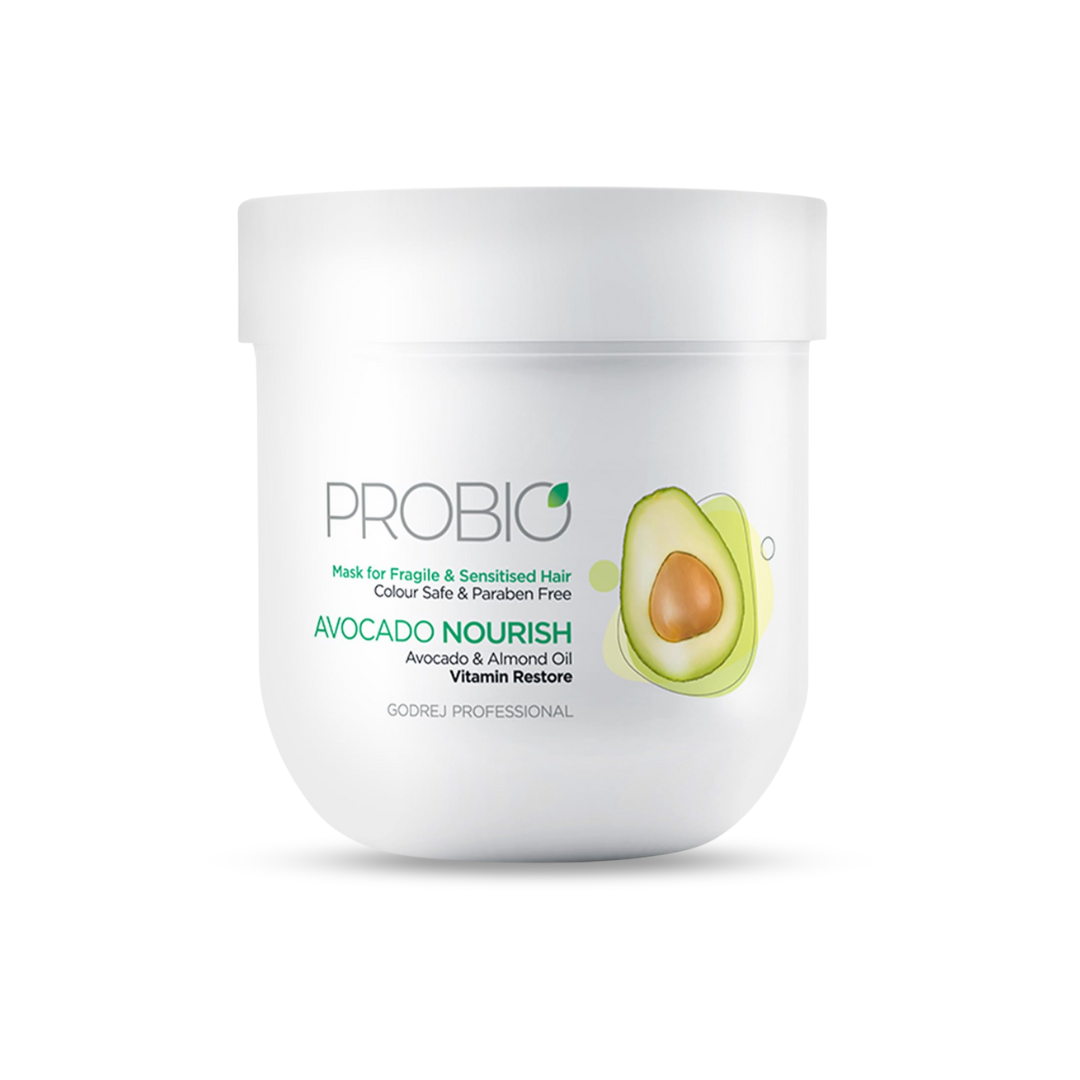
- CONTAINS: 1 unit of Godrej Professional Probio Avocado Nourish Hair Mask (200g)
- WITH ESSENTIAL VITAMINS & NUTRIENTS: Keeps your hair deeply nourished and moisturized
- NO SULPHATE: Free from harmful chemicals like Sulphate; Hasn’t been tested on animals
- RESTORES DAMAGED HAIR: Works effectively on damaged and fragile hair and makes them shiny and silky soft
- ADDS SHINE: Restores fragile hair by improving their strength and boosting their lustre
- COLOUR PROTECT FORMULA: With a special blend of unique colour protect formula that can be used for colour-treated hair
Step-by-Step Guide: How to Apply a Hair Mask
Proper application is key to getting the best results from a hair mask. Follow these steps for effective use:
Step 1: Start with Clean Hair
For optimal absorption, apply the mask to clean hair. Shampoo your hair first to remove any product buildup or excess oil. Skip the conditioner, as it may create a barrier that reduces the mask’s effectiveness.
Step 2: Towel-Dry Your Hair
After shampooing, gently towel-dry your hair to remove excess water. Applying a mask to damp, rather than soaking wet, hair ensures that it adheres better and penetrates more deeply.
Step 3: Apply the Hair Mask Evenly
Take a small amount of the mask and start applying it from the mid-lengths to the ends, focusing on the areas that need the most care. Avoid applying too much to the roots unless the mask is intended for scalp use. A wide-tooth comb can help evenly distribute the product.
Pro Tip: Divide your hair into sections before applying the mask for more even coverage, especially if you have thick or long hair.
Step 4: Allow the Mask to Set
Most masks recommend leaving the product on for 5-30 minutes. For deeper conditioning, cover your hair with a shower cap and apply gentle heat with a hairdryer. This helps the mask penetrate the hair shaft more effectively.
Step 5: Rinse Thoroughly
Rinse the mask out completely using lukewarm or cool water. A final rinse with cool water helps seal the cuticle, locking in moisture and adding extra shine.
Step 6: Style as Usual
After rinsing, towel-dry or air-dry your hair, then style as usual. You’ll notice a visible improvement in shine, texture, and manageability.
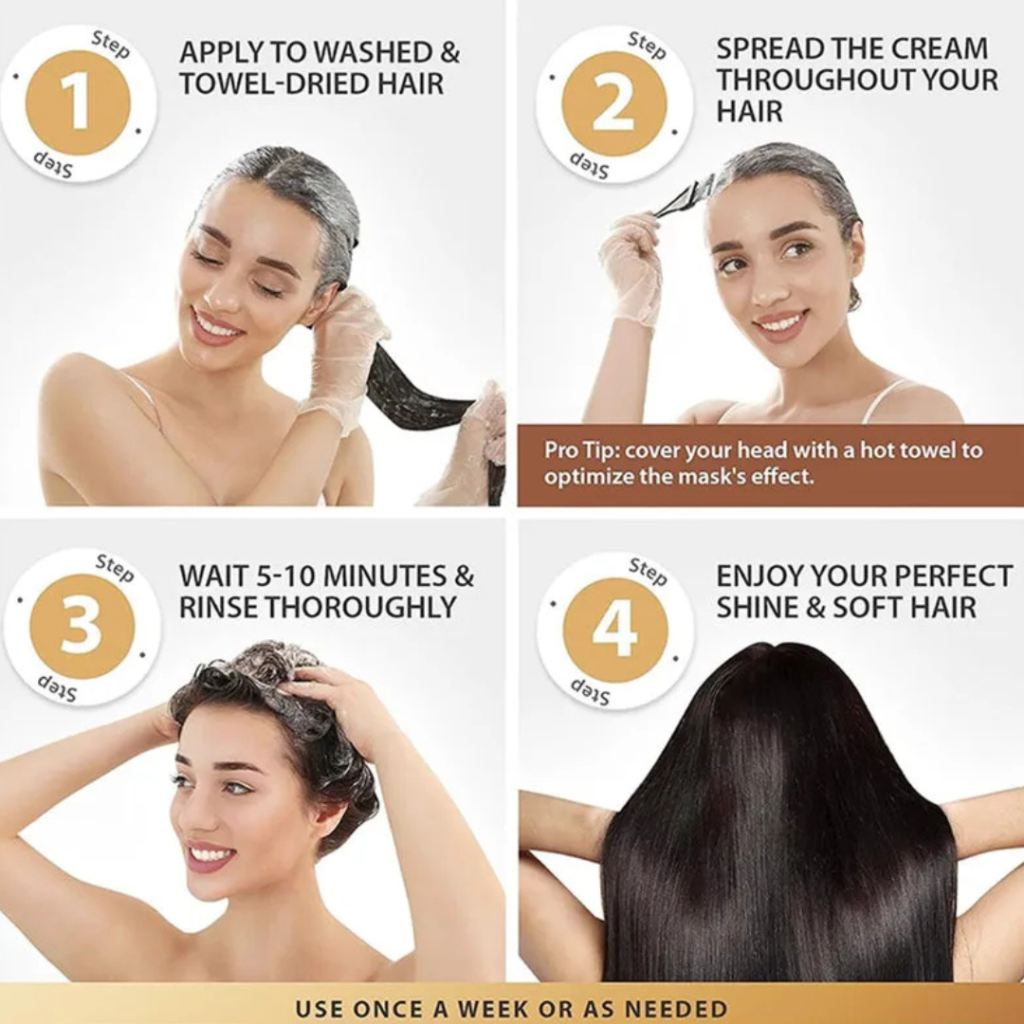
Tips for Maximizing the Benefits of Your Hair Mask
To make the most of your hair mask routine, keep these helpful tips in mind:
- Follow the Instructions
Each hair mask is unique, so always follow the instructions on the label for optimal results. Overusing certain masks, especially those with protein, can lead to buildup or stiffness. - Use Weekly or Bi-Weekly
For most hair types, applying a hair mask once a week is sufficient. If your hair is very dry or damaged, you might benefit from twice-weekly treatments. - Experiment with DIY Masks for Customization
Homemade masks allow you to experiment with ingredients you already have at home. For instance, a mix of avocado and olive oil can provide intense hydration, while honey and yogurt can add shine. - Avoid Using Too Much Product
A little goes a long way with hair masks. Start with a small amount, adding more as needed. Overapplying can weigh down your hair and make it difficult to rinse out completely. - Use a Wide-Tooth Comb for Even Application
A wide-tooth comb helps distribute the mask more evenly and prevents breakage while detangling, making the treatment more effective.
Frequently Asked Questions About Hair Masks
Q: How often should I use a hair mask?
A: Most people find that using a hair mask once a week provides noticeable results. If your hair is very dry or damaged, consider increasing to twice per week.
Q: Is it okay to leave a hair mask on overnight?
A: Generally, yes, for moisture-based masks, but not for protein masks. Overnight moisture masks can enhance hydration, but protein masks left on too long may cause stiffness or buildup.
Q: Are there any hair masks that work on all hair types?
A: Some universal hair masks, typically hydrating ones, work well across hair types. For best results, though, choose a mask that matches your specific hair needs.
Q: Can I make a DIY hair mask at home?
A: Absolutely! Common ingredients like honey, coconut oil, and yogurt make excellent DIY hair masks. Not only are they effective, but they’re also free from synthetic additives.
How to Store and Handle Hair Masks for Best Results
- Store in a Cool, Dry Place: To maintain its potency, keep your hair mask in a cool, dry area away from direct sunlight.
- Avoid Contaminating with Hands: Use a scoop or spatula to avoid introducing bacteria or moisture into the container, which can reduce shelf life.
- Seal Tightly After Use: Make sure to close the container firmly to prevent the mask from drying out or becoming contaminated.
Incorporating a hair mask into your weekly routine is a simple yet powerful way to nourish, repair, and revitalize your hair. With the right mask tailored to your hair type, you’ll notice improvements in shine, strength, and manageability. Whether you choose a hydrating mask, a protein-rich formula, or a DIY option, consistent use can make a visible difference. Treating your hair to a mask is more than just a step in your routine—it’s an investment in your hair’s health and beauty. Give your hair the extra care it deserves and enjoy the gorgeous results!


